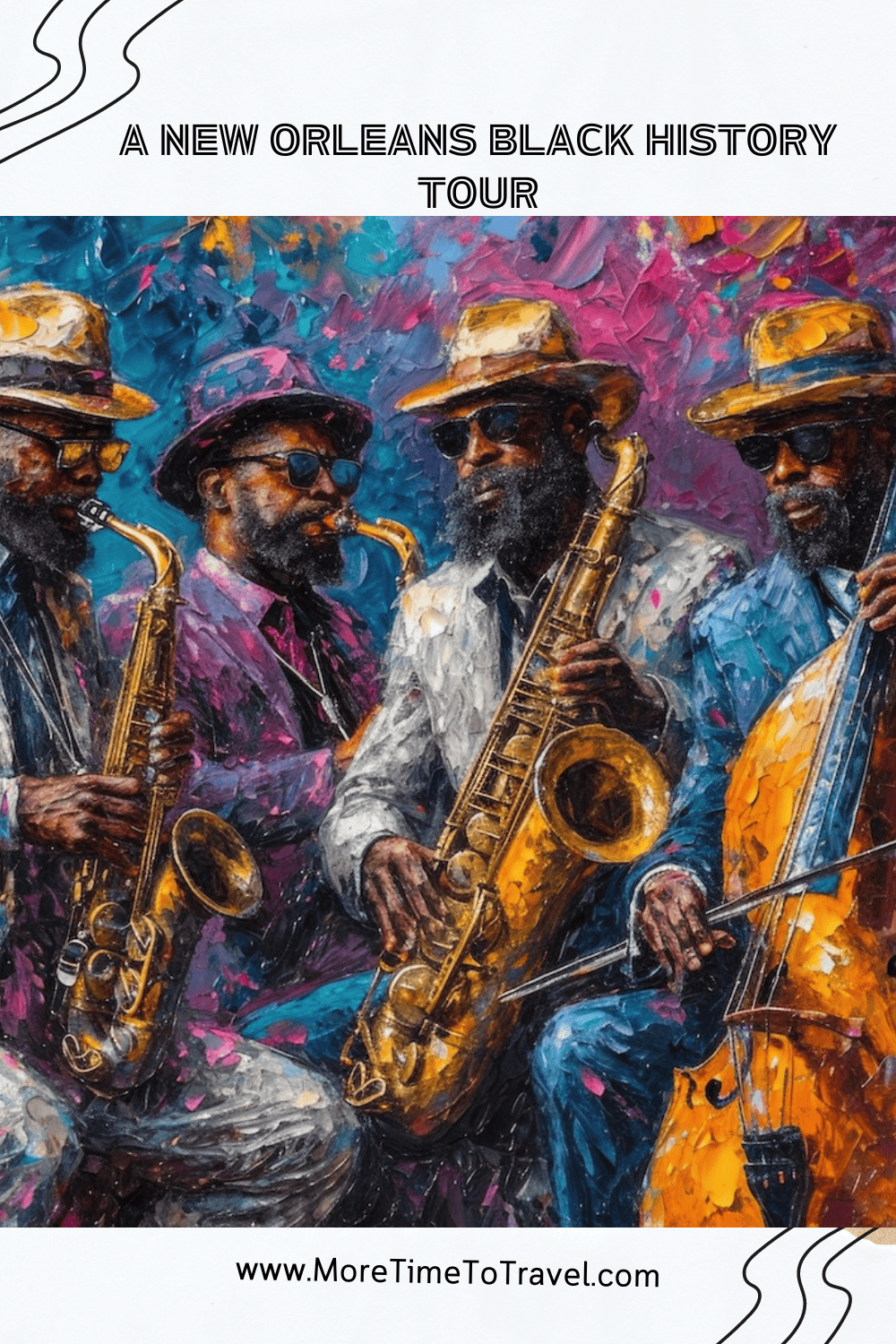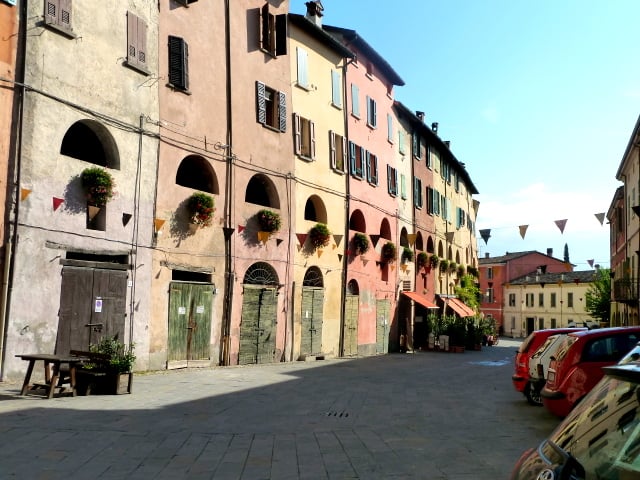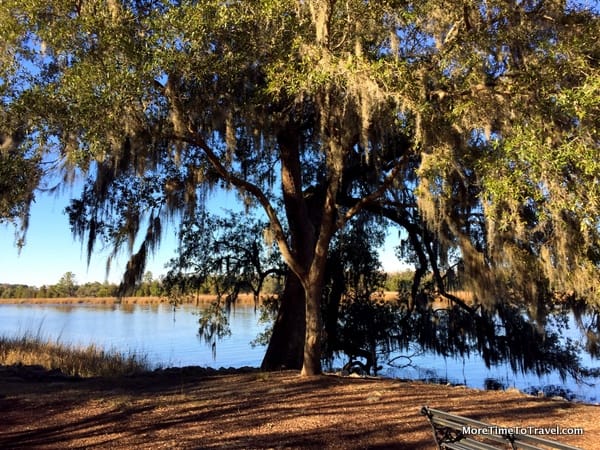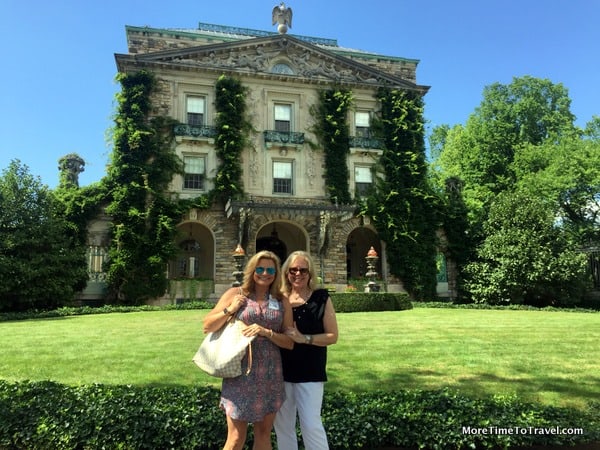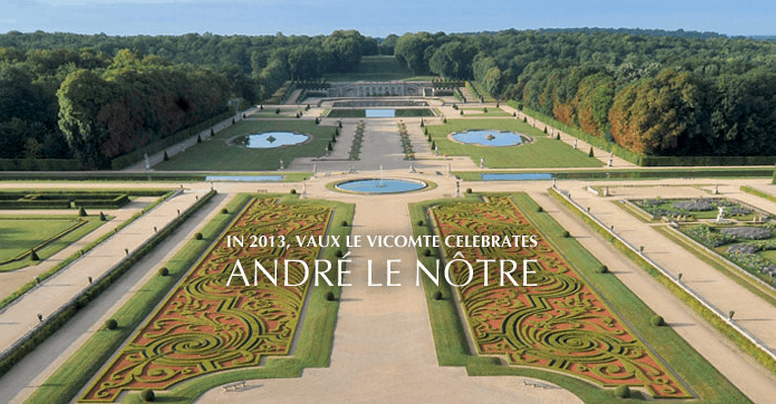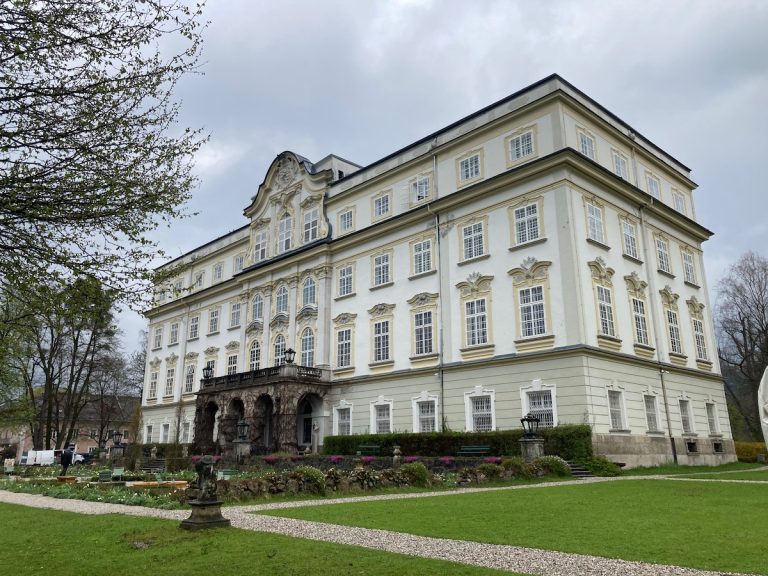New Orleans Black History Tour: Celebrating Culture, Food, Music & Art
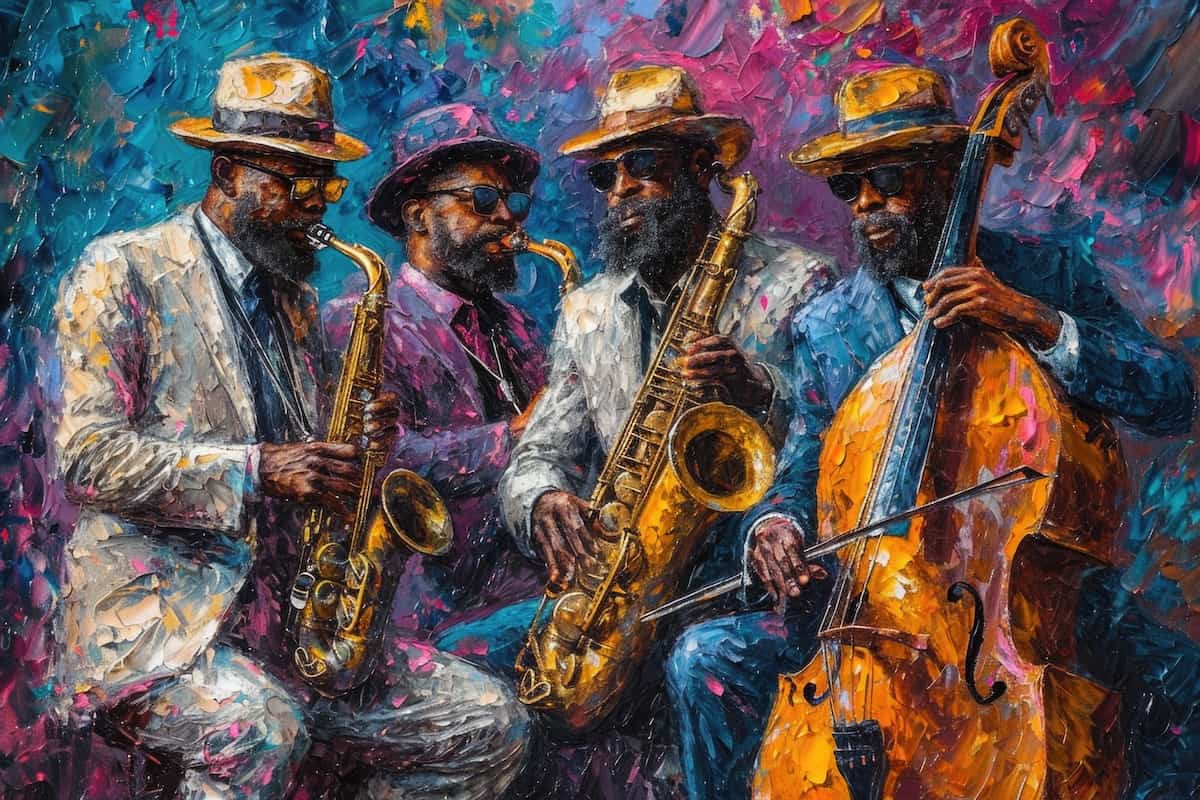
The foundations of New Orleans life, from jazz to food, are built on the Black experience, a legacy both proud and devastating.
It is a particularly resonant story in a city whose motto, Laissez les bons temps rouler (Let the good times roll), is synonymous with great food and great times.
A Story of Resilience
To honestly know New Orleans is to know and celebrate all of its history.
As a majority Black city today, New Orleans was once the site of the largest slave market in the United States, where, by one estimate, more than 135,000 people were bought and sold.
The Black community created New Orleans—structurally, economically, and culturally. As Kim Coleman, the curatorial manager, education specialist, and historian of Le Musee de f.p.o.c., notes, “This culture has a history of resilience and resistance… It is us who dredged the swamp. New Orleans is the result of Black people, and only with us will it remain.”
In 1719, within a year of its establishment by primarily New World French, people of African ancestry arrived in the city, having been kidnapped from the Senegambia region of West Africa.
After being settled by the French, New Orleans was taken by the Spanish (before being returned to France under Napoleon) before Louisiana became an American territory in 1803. Other cultures incorporated into the city’s diversity include Choctaw, Houmas, and other native tribes, as well as Irish, German, and Italian immigrants.
To understand New Orleans, however, I wanted to look more deeply at its racial history and recently had that opportunity.
Stops on our Black History Tour
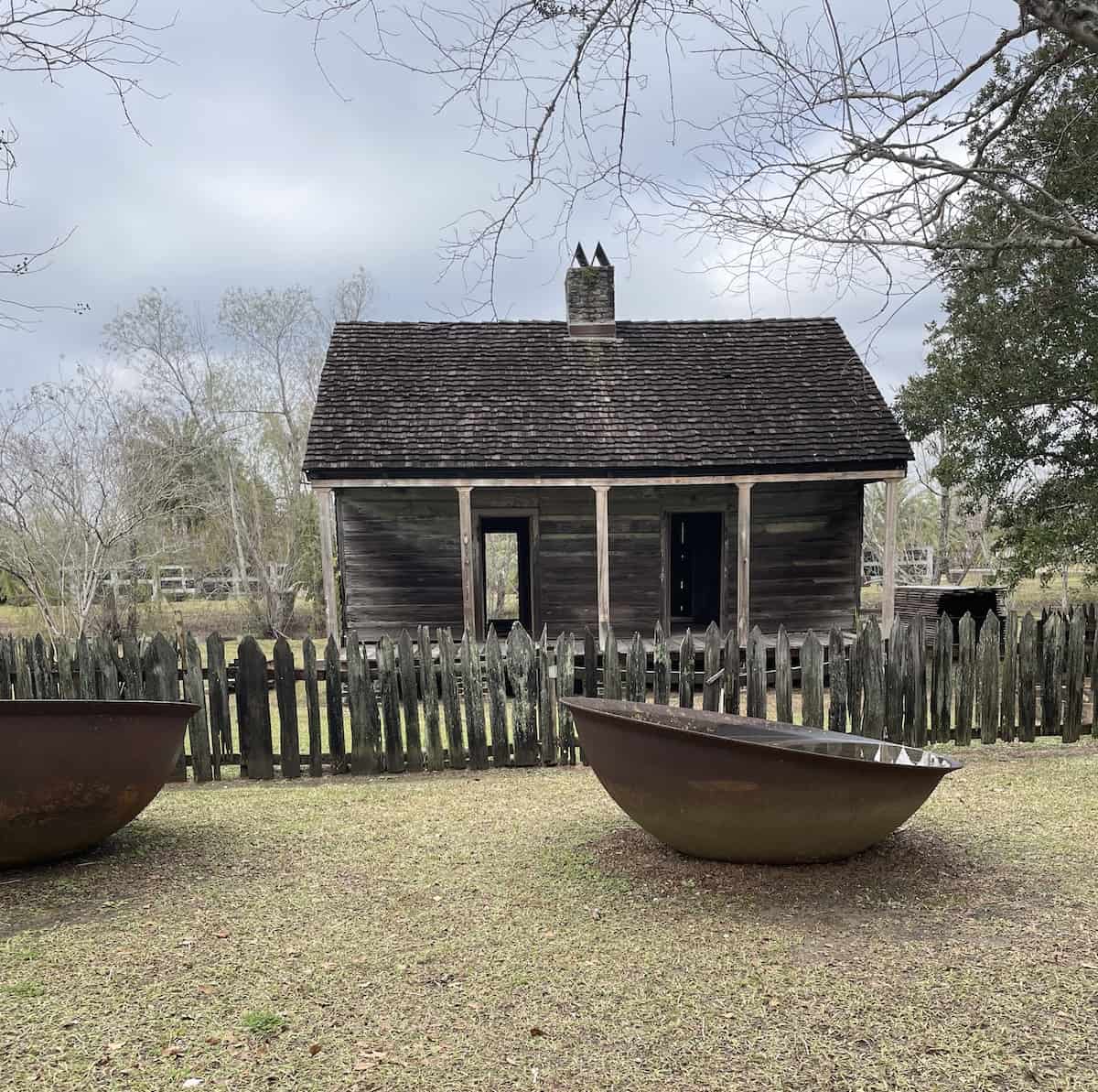
Whitney Plantation
A visit to the Whitney Plantation, located outside of the city on the famous River Road, offers a meaningful glimpse into the harsh realities of plantation life from the perspective of the enslaved. This museum, dedicated to telling the story of slavery in Louisiana, provides a sobering experience that fosters reflection on the city’s complex past.
African American Museum
A visit to the African American Museum in the Faubourg Treme neighborhood further grounded our visit to the city within their mission of “Preserving the history, elevating the art, culture, and contributions of African Americans in New Orleans and the African Diaspora.” Le Musee de f.p.o.c honors the legacy of New Orleans’ free people of color in a unique house museum.
Congo Square
Another critical spot where history and present time connect is Congo Square, the site of African slave gatherings, the only place in North America where enslaved Africans were allowed to gather and where pure West African religious rituals occurred.
Musicologists and cultural historians say that this space is an important historical site for understanding American music and the key role that Black people in New Orleans played in its development and diversification. The Congo Square Preservation Society continues the tradition every Sunday by gathering through drum circles, dancing, and other musical performances.
Kermit’s Treme Mother-in-Law Lounge
The Crescent City is the birthplace of jazz and where it continues to thrive. From its emergence in the late 1800s, jazz quickly became a popular musical genre in most Western countries.
Like so much else in the city, hometown musicians led the creation of a distinctive rhythm & blues style that helped birth rock ’n’ roll—and that appears in gospel and funk and rap, hip hop, bounce, and brass band music.
Kermit’s Treme Mother-in-Law Lounge is the perfect spot to take in the local music scene. This iconic lounge, named after jazz trumpeter Kermit Ruffins, is a haven for live jazz and blues performances.
Savoring New Orleans Black Culinary Culture
And, of course, what would New Orleans be without its incredible food?
Dakar NOLA
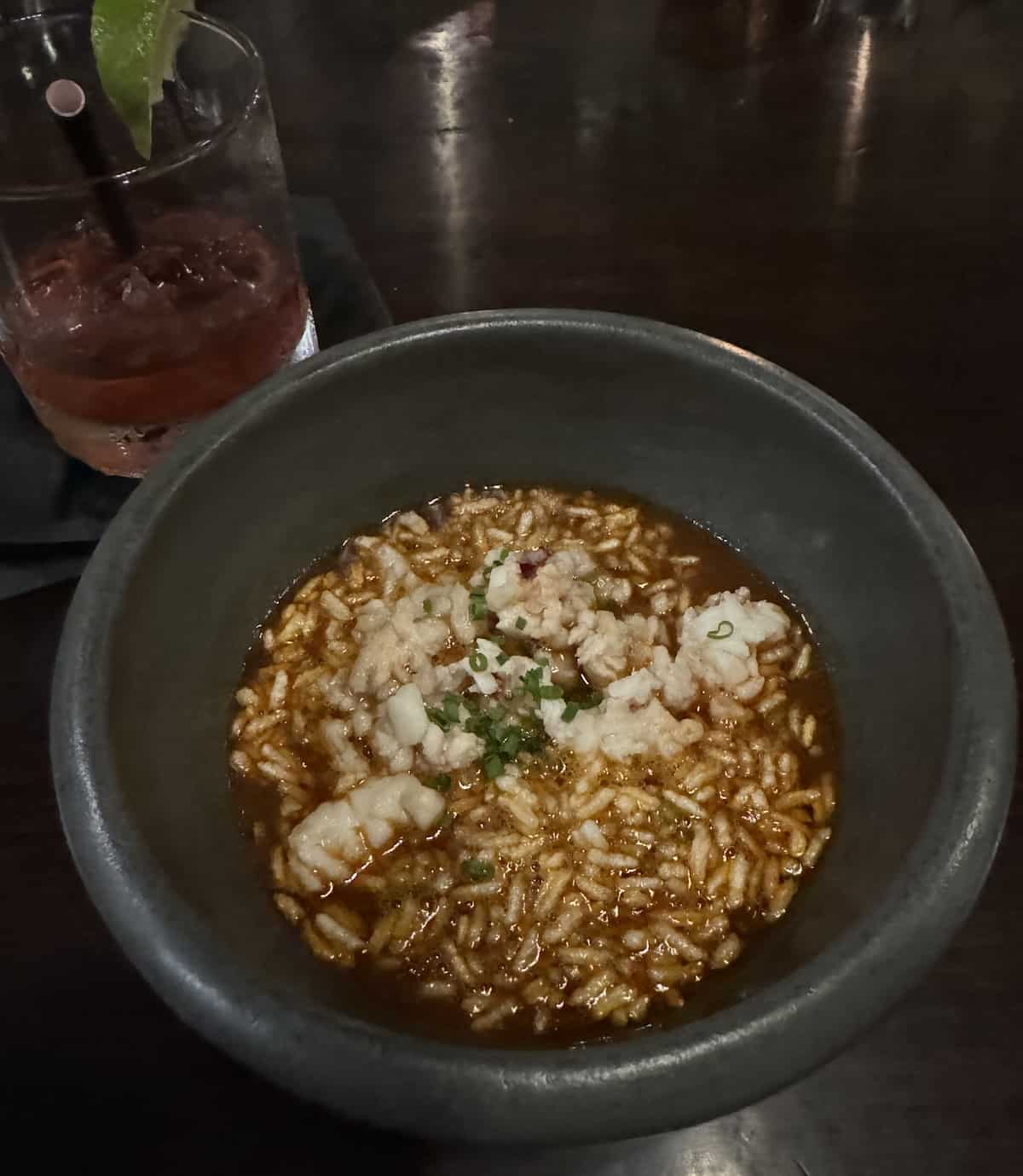
Here, also, the city’s Black roots and culture shine. Our culinary adventure began at Dakar NOLA, serving up authentic Senegalese cuisine under the guidance of Chef Serigne Mbaye. The flavors of the prix fixe menu of Dakar took us on an amazing journey to West Africa.
Before I started eating at a communal table, I was served Ataya, a Segalese-style green tea with ginger and mint, and the staff helped each of us wash our hands tableside.
The third course, served after palm bread with spiced butter and the Bounty of the Gulf, a shrimp and millet dish, was called Last Meal. It’s a soup of black-eyed peas, crispy rice, and Louisiana blue crab, with robust spicing inspired by the flavors the chef ate while growing up in Senegal.
A version of that dish was also fed to enslaved West Africans just before they boarded ships to the United States. Kidnapped Africans needed to be “fattened up” before being loaded onto ships so slaveholders could “protect their investment,” as Chef Mbaye explained.
When serving his guests, the Chef goes through every dish on his menu. The menu changes daily, featuring whatever looks best at the market. On this evening, other courses included Citrus Season, a mixed green salad; Rice always Rice or Bennachin, Bounty of the Gulf (part two) or Jen, gulf fish with vegetables and tamarind jus; and Thiackry Pecan Pie, a tiny pie with coconut sorbet.
Chapter IV
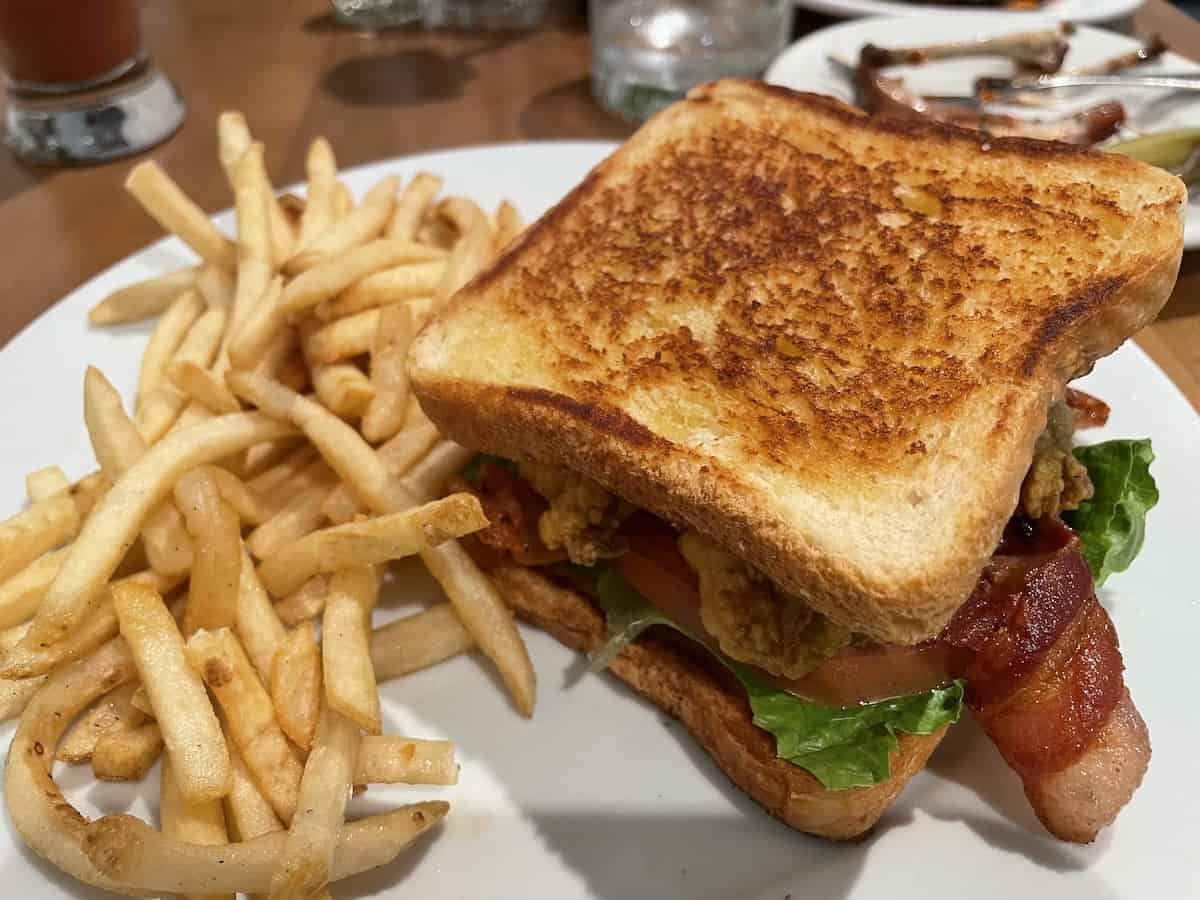
Moving on to Chapter IV, a culinary haven in the Marigny neighborhood, I enjoyed a delightful lunch experience that blends traditional Creole and modern influences from the fourth generation of the iconic matriarch Chef Leah Chase.
Her grandson, Chef Dook Chase, and his wife, Gretchen, opened the restaurant in 2023. I sampled an Oyster BLT with flash-fried Louisiana oysters, crisp bacon, lettuce, tomato, pickles, and the Chapter IV sauce. And don’t miss the Louisiana Blue Crab and Beet Salad, where lump crab meets roasted beets, boiled egg, mixed greens, candied pecans, and goat cheese with a house vinaigrette.
Southern Food and Beverage Museum
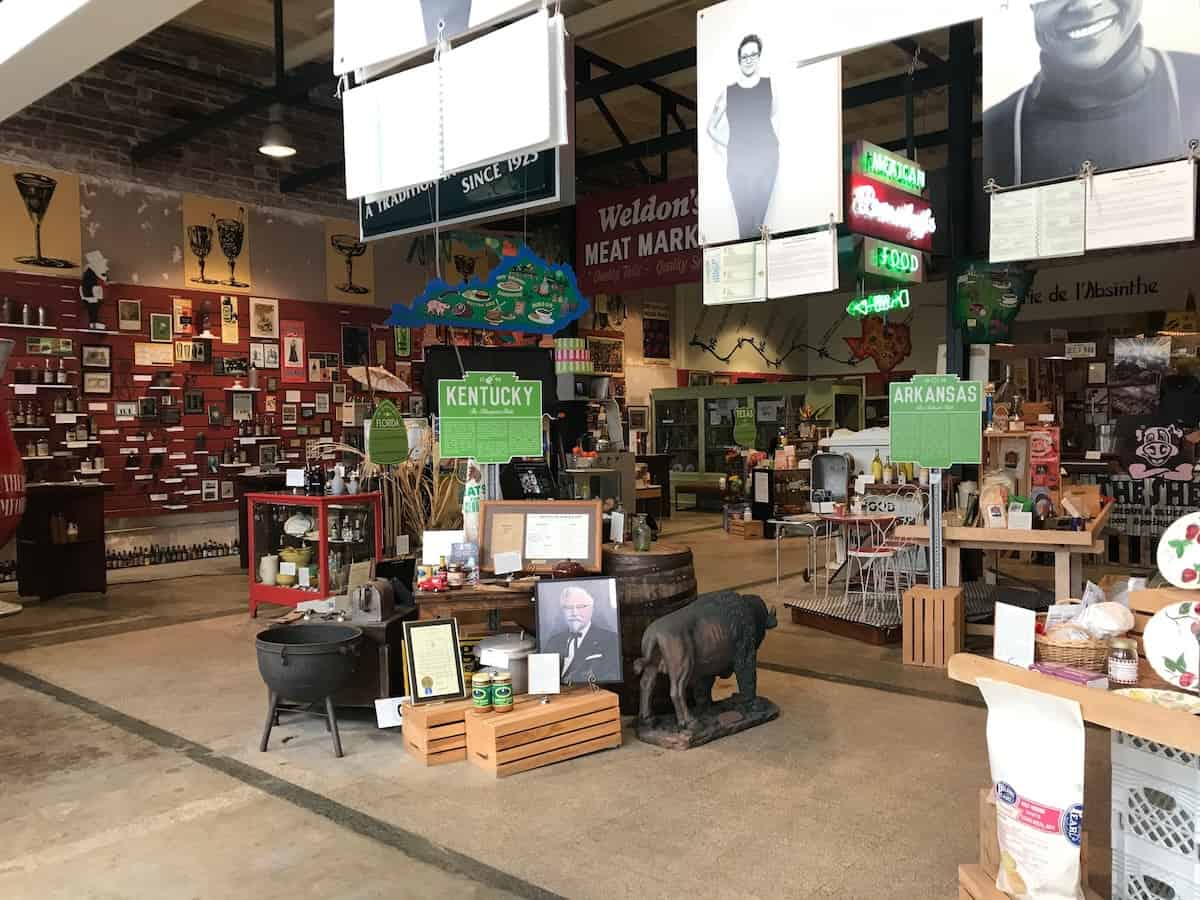
For a true taste of New Orleans’ soulful cuisine, the Southern Food and Beverage Museum is a must-visit. This institution celebrates the culinary contributions of various communities—including the Black community—to the region’s gastronomic tapestry. Here, the aromas of gumbo, jambalaya, and pralines fill the air, inviting visitors to indulge in the city’s rich culinary heritage.
Experiencing History Through Black Art
After satisfying most of your senses, including smell, taste, touch, and hearing, a visit to Stella Jones Gallery richly indulges your sight.
Situated in the heart of the historic French Quarter, the gallery showcases a diverse collection of contemporary African American art, offering a visual journey through Black artists’ narratives, struggles, and triumphs. One of my favorite artists, Charly Palmer, had an exhibition of his drawings of heroines created for his current book with Dr. Karida Brown, The New Brownies’ Book: A Love Letter to Black Families.
The nearby Contemporary Arts Center adds another layer to this exploration, featuring cutting-edge exhibitions that reflect the ever-evolving cultural landscape of New Orleans.
A Tour That Transcends Time
New Orleans is a city that pulsates with history, culture, and an unwavering spirit that transcends time. Our journey through the historical roots of the Black community, artistic expressions, culinary delights, and musical rhythms paints a vivid picture of its residents’ resilient souls.
From the powerful narratives at the Whitney Plantation to the lively jazz scene and amazing food and art, celebrate New Orleans’ Black history, culture, and cuisine with us.
*Ali Webb, PhD is adjunct faculty at the University of Michigan and Columbia University. Her long career in strategic communications offered many opportunities for domestic and foreign travel. She has written a bi-monthly Sunday travel column, The Indulgent Traveler, for a Gannett daily in Michigan and now contributes to other travel websites.
IF YOU GO
Help planning a New Orleans Black History Tour:
Previously on More Time To Travel: Meeting Michelle Obama in New Orleans
Save to Pinterest!!
